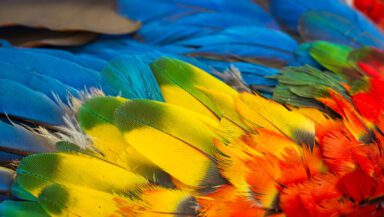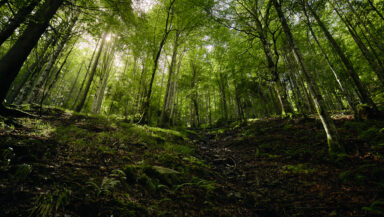Capybara
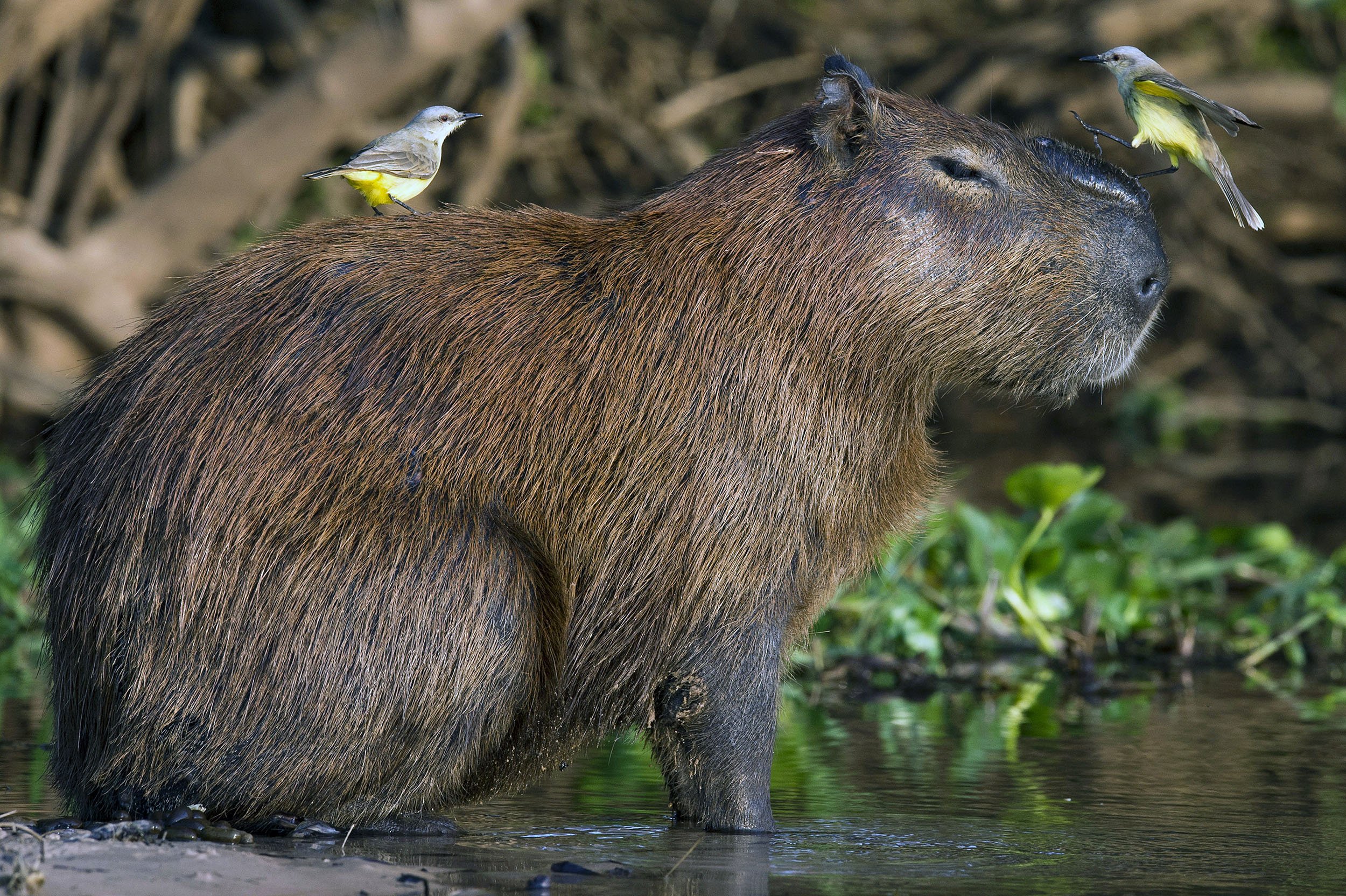
Capybaras are the world’s largest rodent, weighing between 35 and 70 kg. They live in most countries in South America. Equally agile on land and water, where their webbed feet help them manoeuvre. They’re often referred to as “nature’s ottoman” or “moving chairs” – because they’re always happy to give another animal a free ride.
Pink River Dolphin
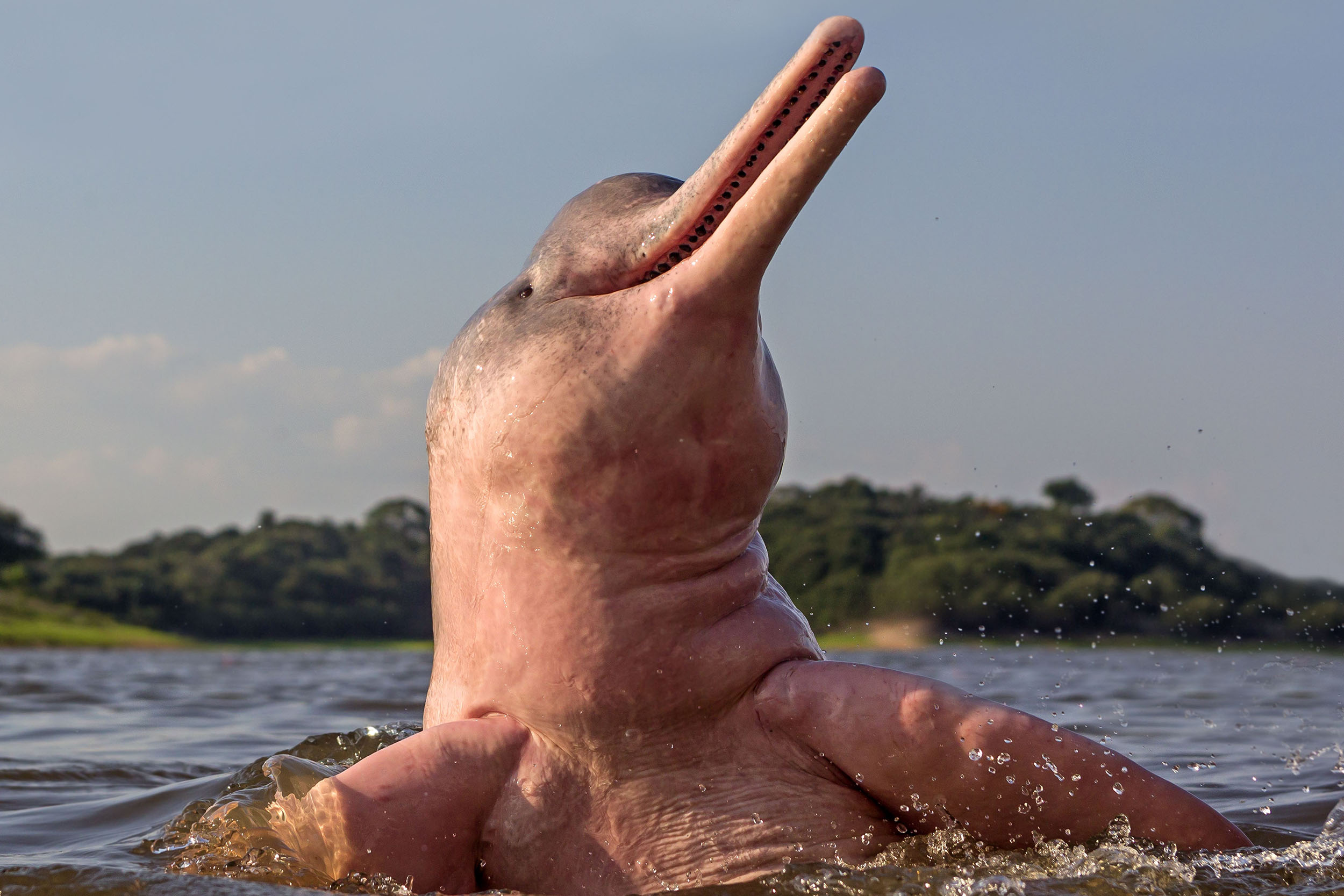
The most famous resident of the Amazon River, the pink river dolphin, isn’t born pink, but grey. Their pink colour can be influenced by their capillary placement, exposure to sunlight and behaviour. The pink dolphin communicates using clicks and whistles and can live for up to 30 years in the wild living off fish, shrimp and crabs.
Peanut Bug
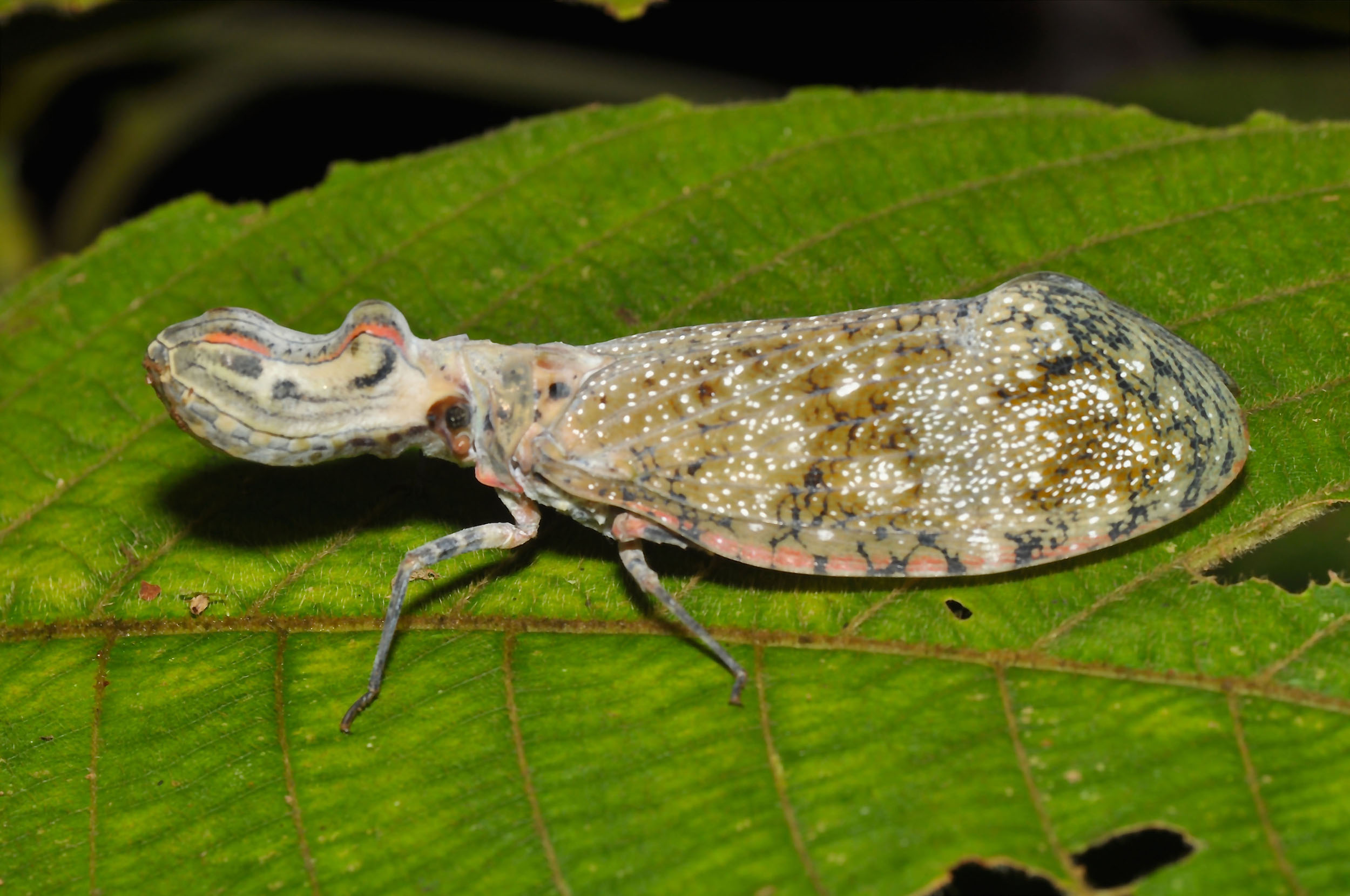
The head of this weird looking insect looks like a peanut with beady little eyes. It can’t bite and sucks saps from plants. When attacked the peanut bug displays false eyes on its hind wings and releases a foul-smelling substance. Lovely.
Kinkajou
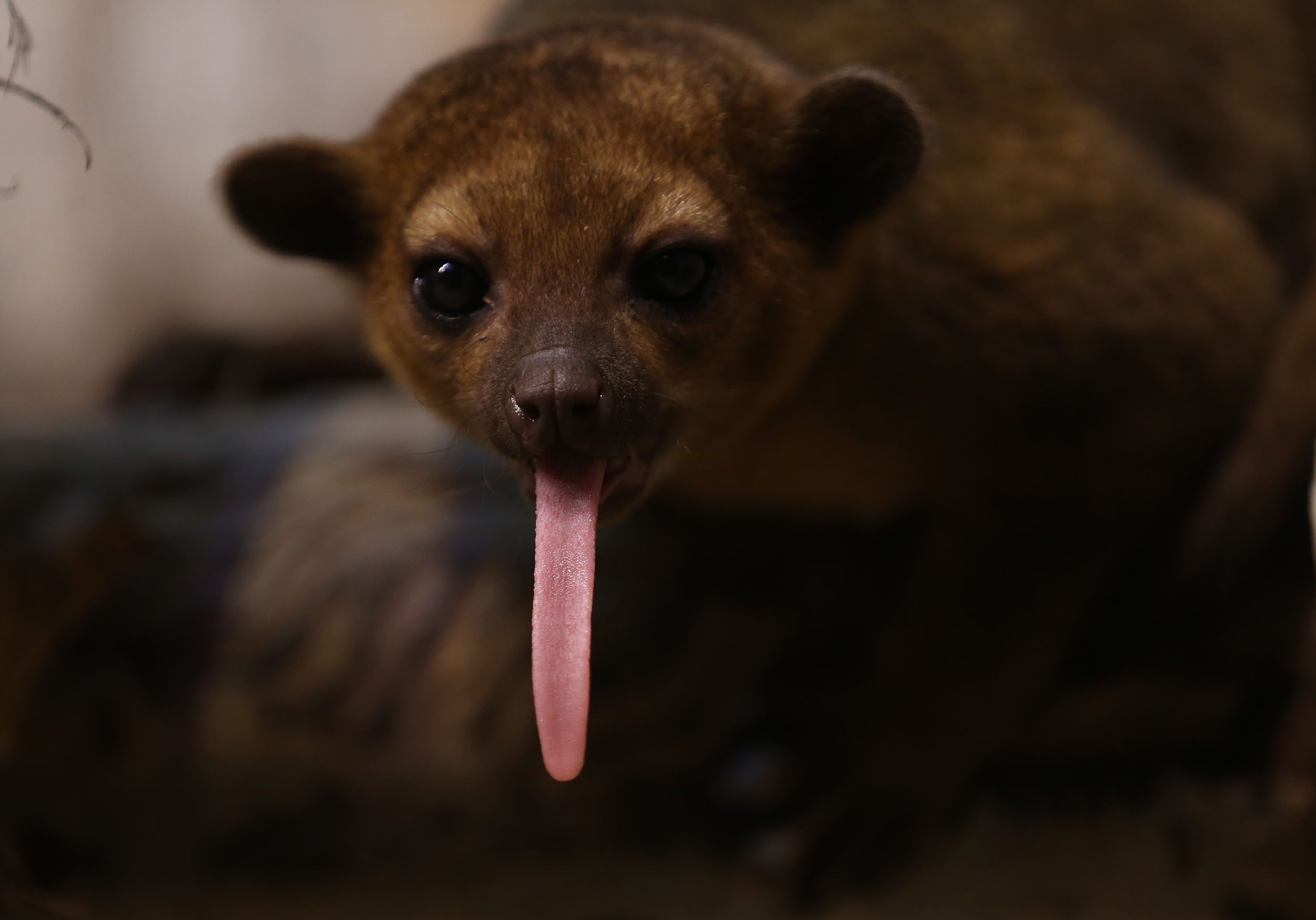
This relative of a raccoon uses its 5 inch long tongue to extract nectar from flowers, it can rotate its ankles on its hind legs backwards to help with movement in treetops. Kinkajous can bark, hiss and scream. 👀
Hoatzin
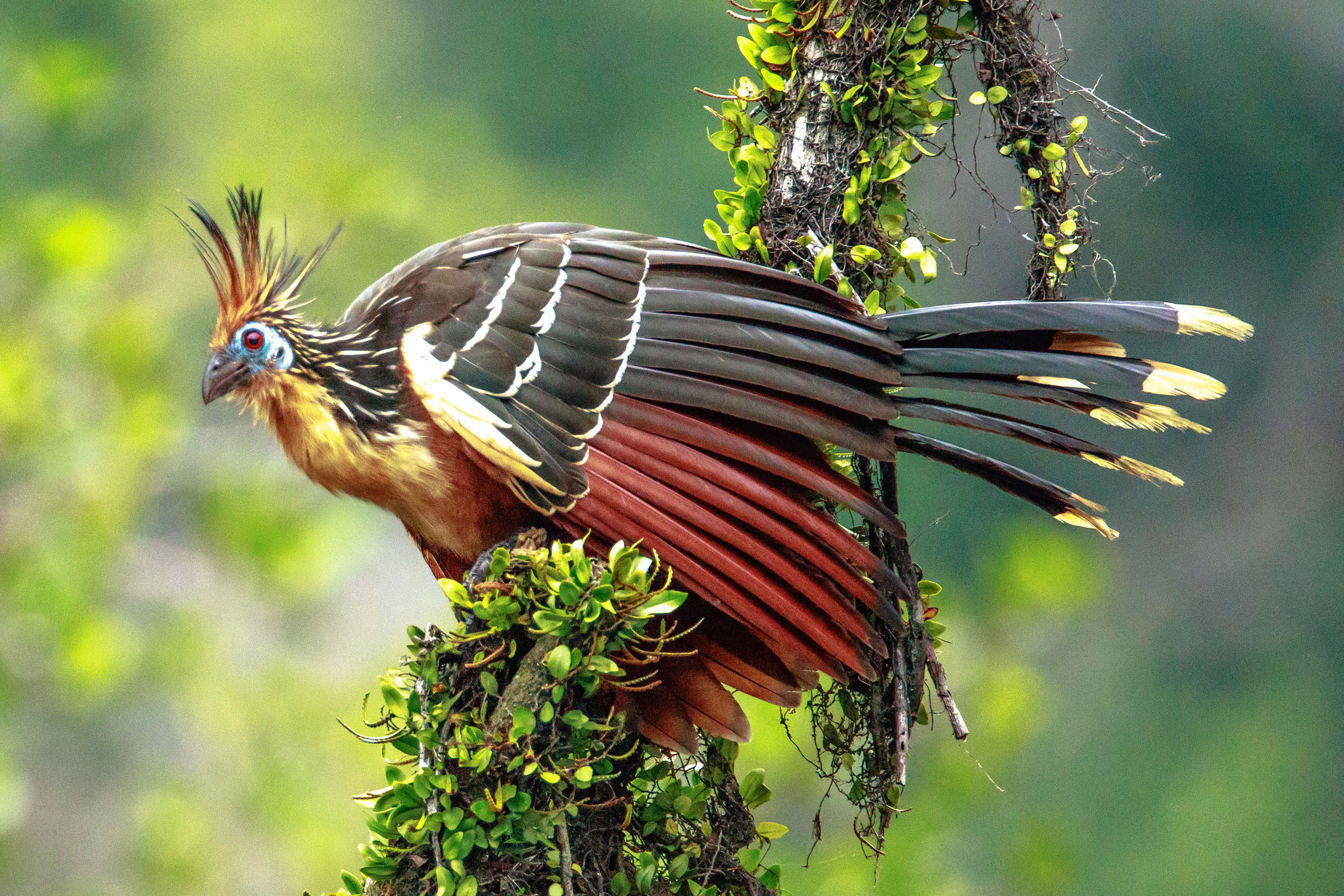
Is also known as the stinkbird as it reeks of fresh cow manure, caused by fermentation of food in its digestive system. Although it has developed wings it rarely flies.🤷♀️
Poison dart frog
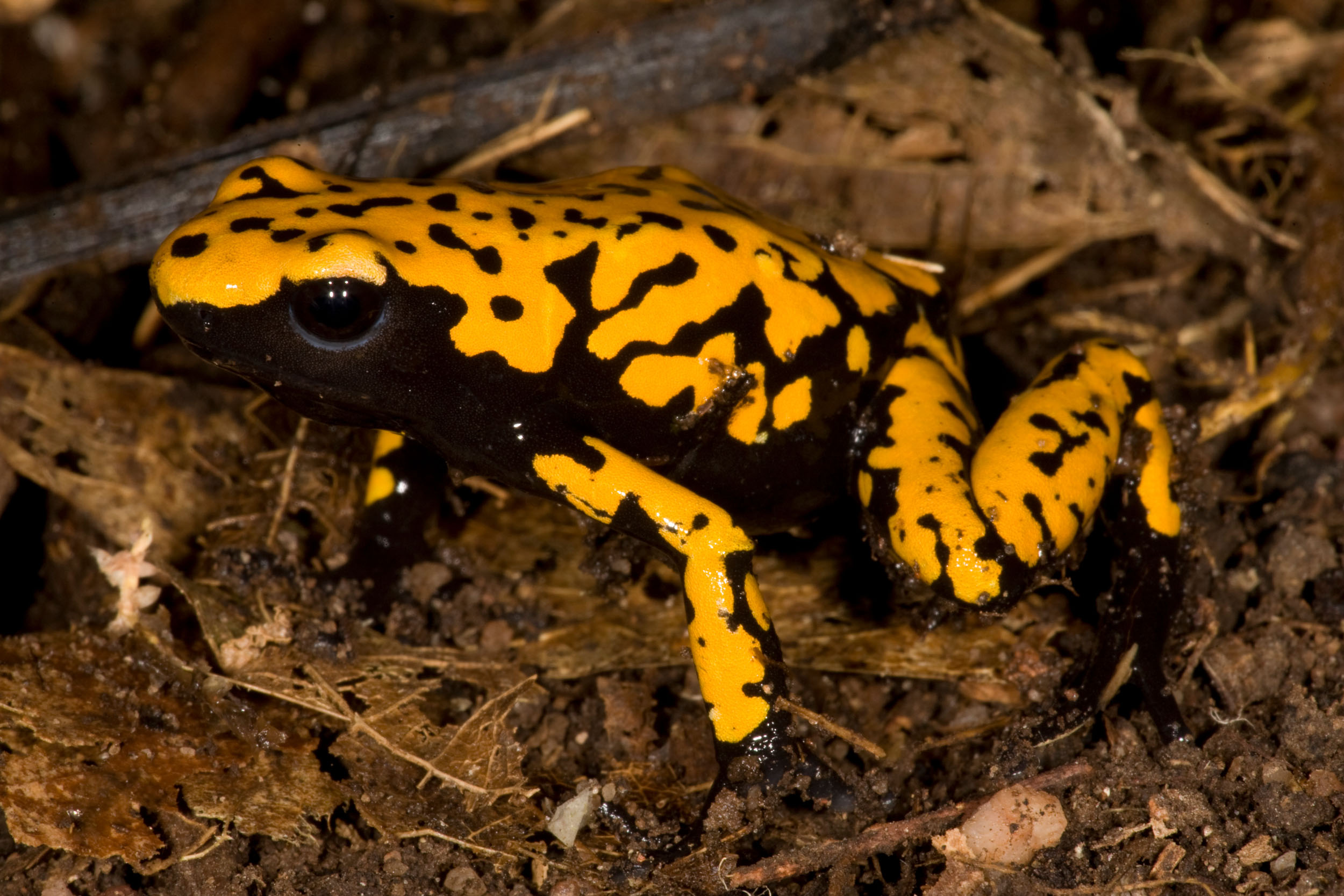
Poison dart frogs can be found in the rainforests of Central and South America. They mostly secrete alkaloid toxins through the skin: the brighter the colours, the higher the level of toxins in their body – a warning to potential predators.
Electric Eel
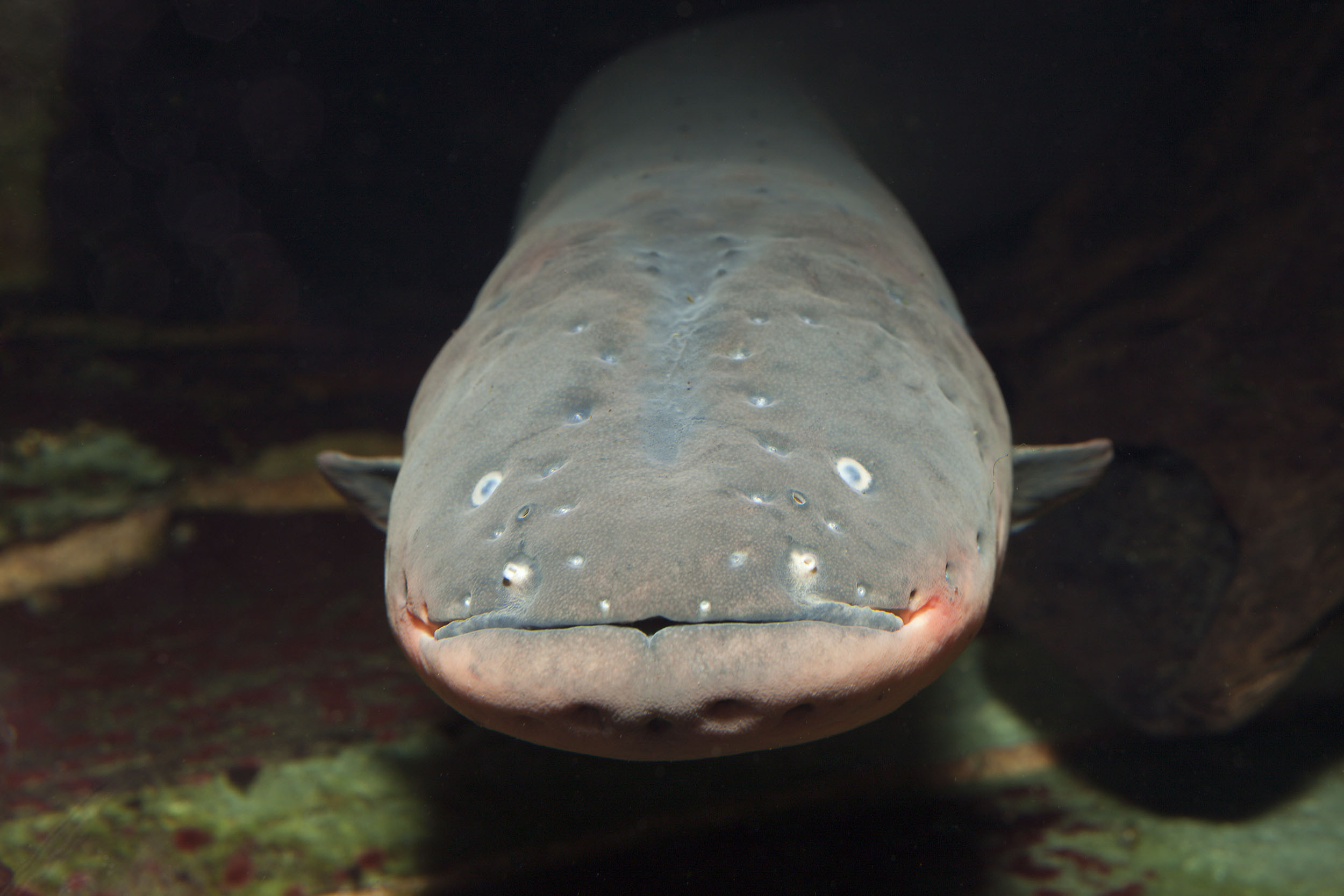
The electric eel is not related to eels but belongs to a group of electric fish called knife fish. The electric eel is able to produce powerful electric shocks of up to 600 volts, strong enough to knock down a horse, used as a defense mechanism and for hunting.
Great Potoo
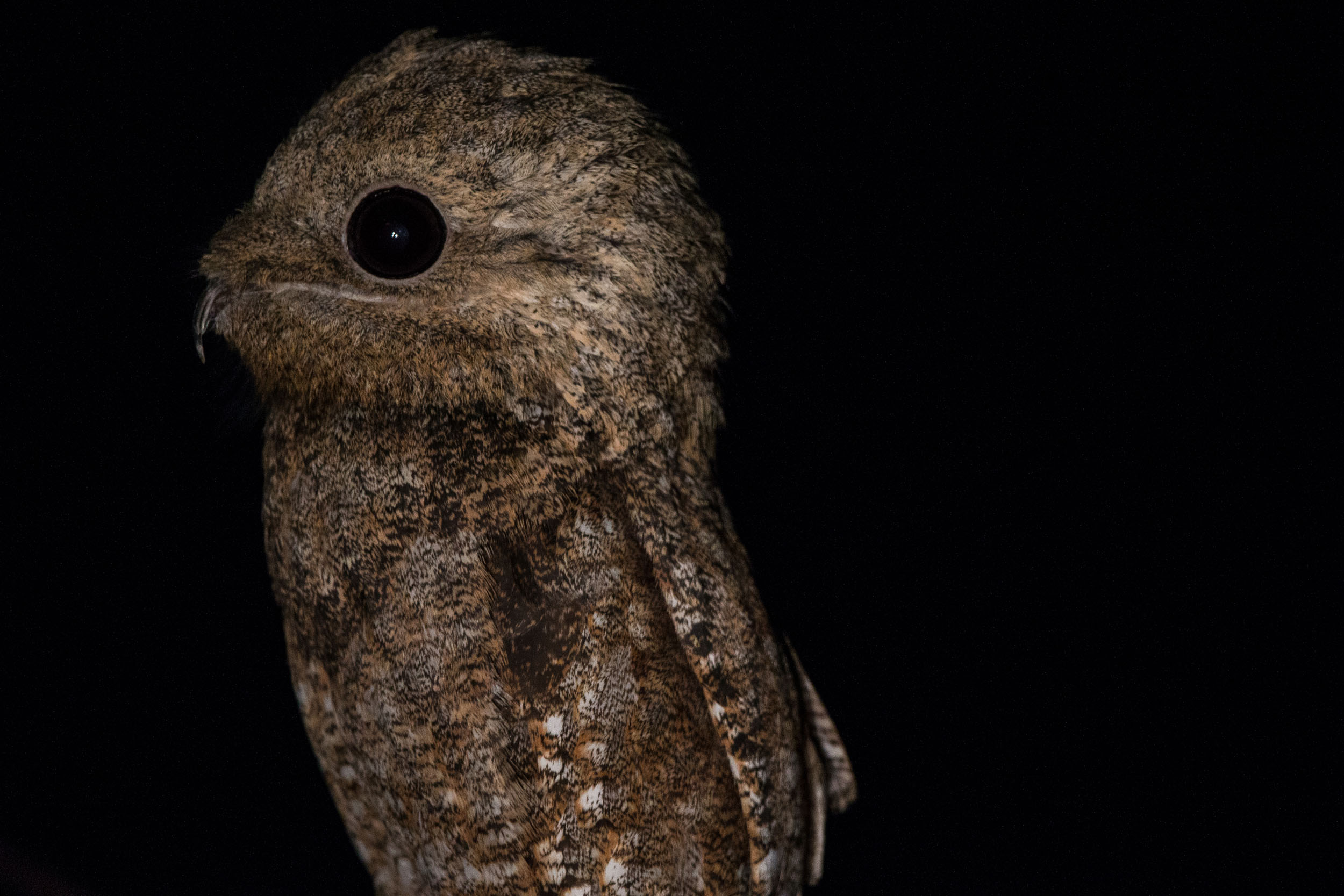
These nocturnal birds are camouflaged during the day so they look like parts of the tree stump that they are perching on. When they hunt, they use their large mouths as a net, catching more insects.
Giant hunting ant or bullet ant
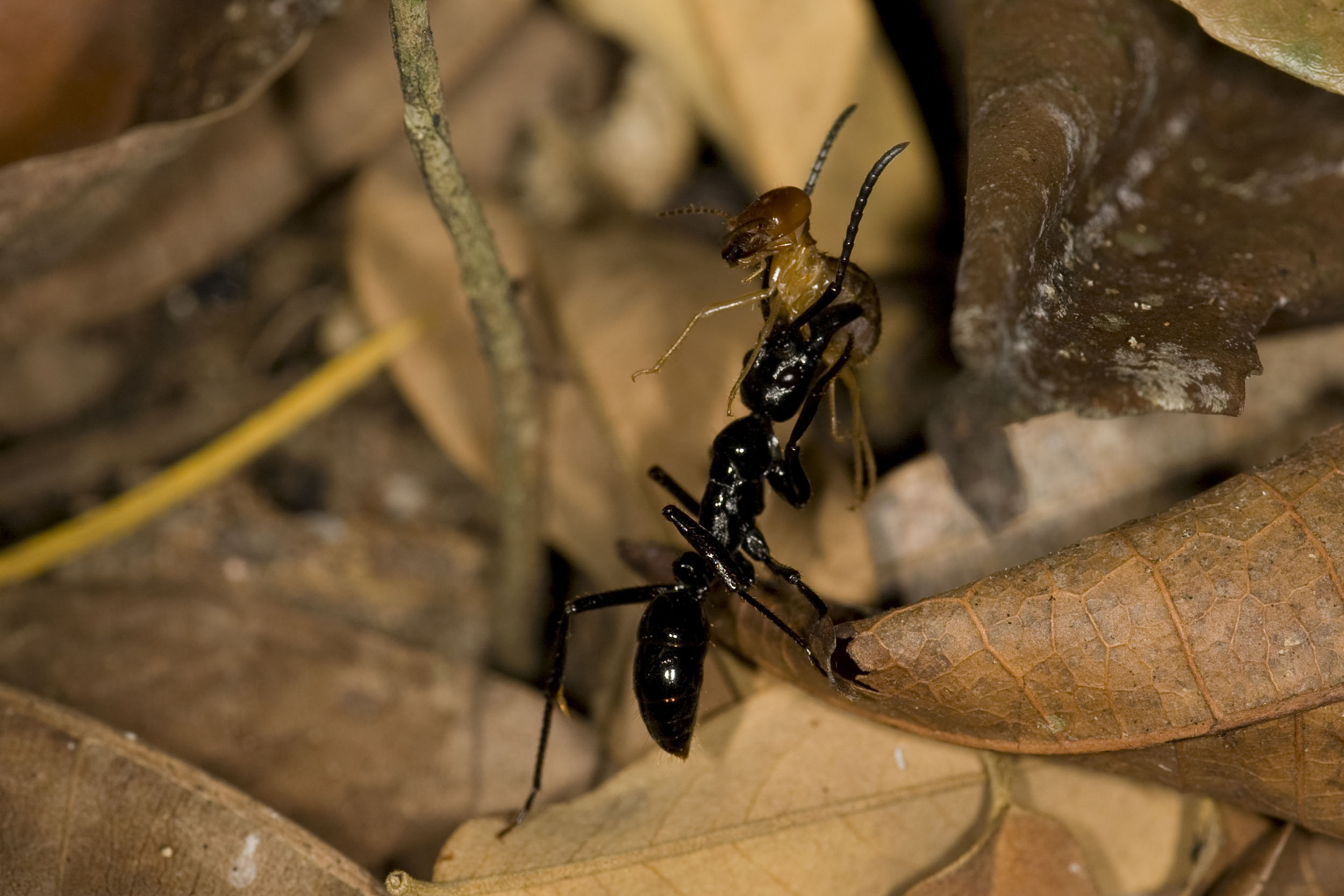
The bullet ant is considered the world’s largest true ant species. This ant’s sting is thought to be the most painful in the insect world! It’s even been compared to that of a gunshot. Ouch.
Oncilla
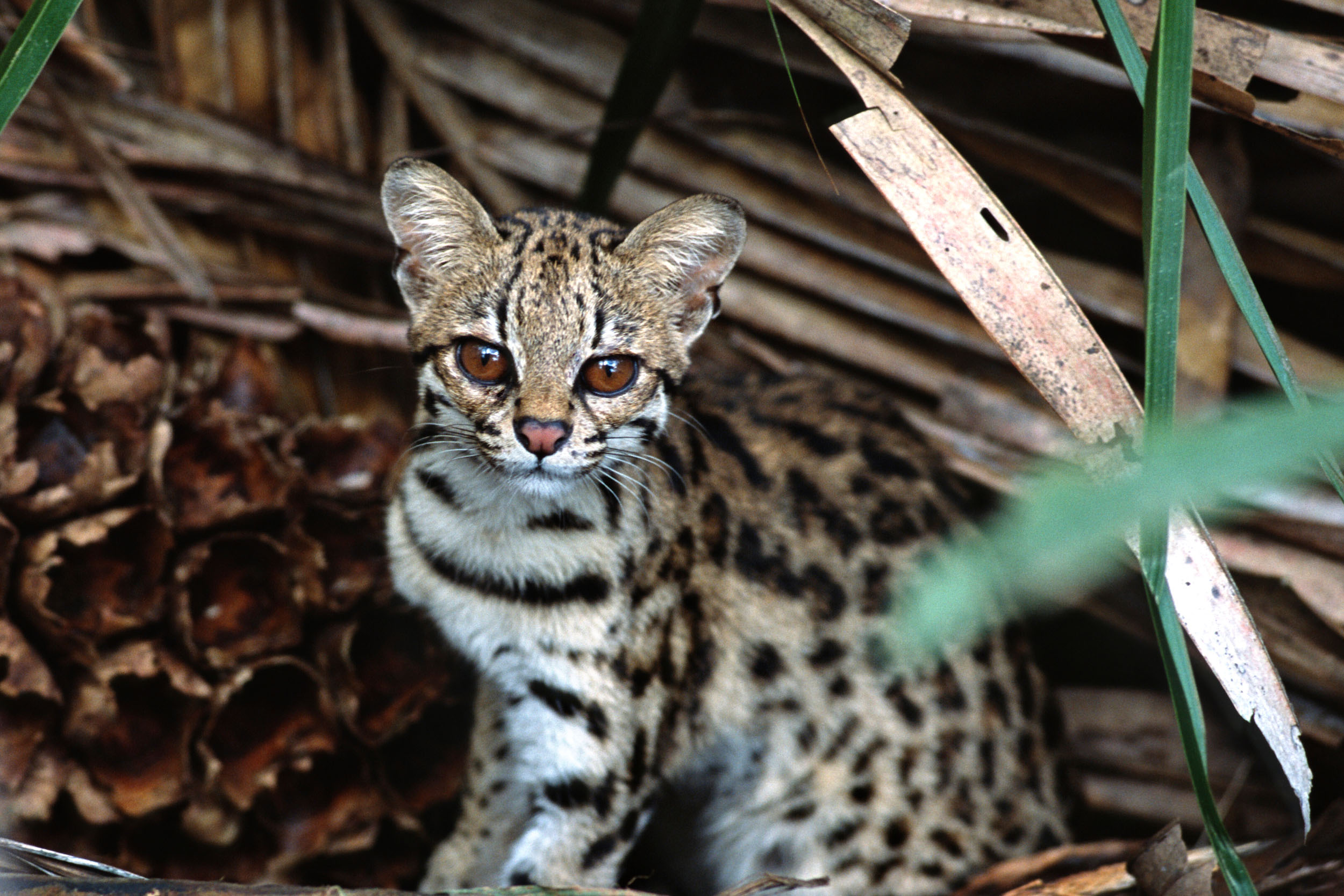
The oncilla, also called little spotted cat, is the smallest wild cat of South America, weighing between 1.5 and 3kg. It is an agile climber, spending part of its life on a tree. Oncillas are meat eaters feeding on small rodents, birds and occasionally tree frogs. And unlike other species of cats they are great swimmers.

